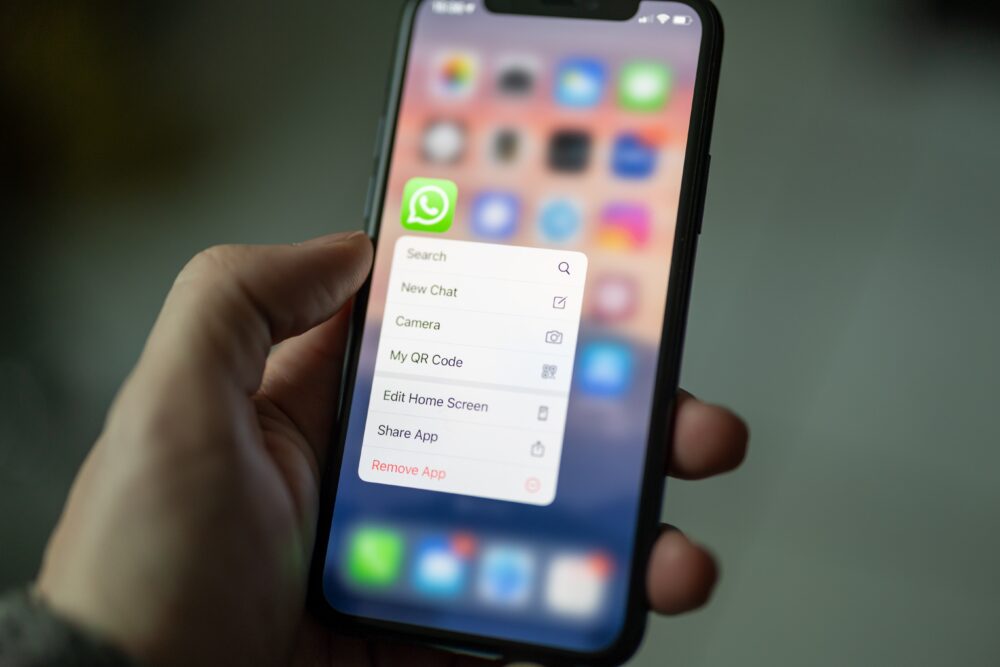One in three Brits would prefer to contact customer service via SMS or WhatsApp, new research shows, highlighting the need for businesses to employ a fully omnichannel presence.
Despite call centres being a traditional means of communication between brands and their customers, this is now the preference for under half of the UK population (43%), according to a survey of 1,000 Brits by telecommunications provider Esendex.
In a similar vein, 79% of consumers would consider purchasing a product from a company as a result of a marketing message received via text or WhatsApp, with notifications of a sale, one-time discount or alert that an item they wanted is back in stock, most likely to lure them in.
The findings of the survey have been published in a report which aims to give businesses a better understanding of customer expectations, alongside actionable tips to improve response times.
Laura Brown, head of demand generation at Esendex, comments: “We wanted to do a deep dive into the customer of today, post-pandemic. At the heart of what we discovered is a major shift in customer expectations and communication preferences, with more than half of Brits admitting they get frustrated if they have to wait more than five hours for a response from customer service.
“When businesses extend their methods of communication beyond the norm (i.e. just phone or email), they build an omnichannel presence that ensures no stone is left unturned, so to speak. WhatsApp, in particular, is still really only at its early stages, so there’s a huge opportunity here for companies to engage on a platform that’s used by more than two billion users worldwide.
“In addition to this, statistics show that 48% of people are on their phone between four and eight hours a day, with seven in ten checking any unread notifications in less than five minutes. WhatsApp, therefore, is one of the quickest ways to reply to – or get the attention of – a customer”.
Launched in 2018, WhatsApp for Business enables organisations to send texts, pictures, videos and audios directly to their customers’ pocket, with the addition of branding and even bots for fully automated interactions.
Top Tips For Using WhatsApp for Business
Statistics show that 73% of people use multiple channels during their shopping journey. What’s more, those that use four or more channels spend 9% more with a business, on average, when compared to those who just use one channel. Here are some tips when considering whether to use WhatsApp to communicate with your customers.
-
Ask yourself ‘why WhatsApp?’
WhatsApp for Business has so much functionality, it can be hard to know where to start. The first thing to establish is why you want to use it in the first place. Perhaps you’ve identified a specific pain point in the existing customer journey that the platform might help to resolve? Or perhaps overall engagement and conversions via other channels is too low? Knowing the why will help you identify the how and help you get a clear strategy in place.
-
Determine the use cases carefully
One thing you don’t want to do is message your customers about everything and anything – there needs to be thought behind each communication. Esendex research shows that customers are most likely to be receptive to texts that enable them to manage appointments, remind them of any payments due and inform them of any updates to their delivery. Two in three Brits are also happy to receive marketing messages from businesses.
-
Encourage two-way conversations
Once you’ve begun opening up your communications to various platforms, it’s time to start encouraging two-way conversations with your customers, for a fully interactive experience.
This makes sense during ‘the mobile revolution’ with statistics highlighting how 69% of people would rather use their phone than approach an in-store employee; two in three also feel more positive towards a business that offers this messaging.
Omnichannel chat is one way to explore this, allowing for customer service and marketing teams to enjoy multiple, simultaneous, two-way, mobile-focused conversations with shoppers through a variety of digital communication channels. Bots can even be deployed to help automate answers to regularly asked questions (such as how to return an item), with the added benefit of being able to provide service 24/7.
-
Don’t forget about GDPR
All businesses should be aware of GDPR already, but did you know customers have to opt-in to WhatsApp communications too? The consent must be done via a third-party channel i.e. a channel a company is already using to communicate with its customers. It is also a business’ responsibility to tell customers what type of notifications they’ll receive, to keep a record of any opt-ins, and to provide a clear opt-out option.
















